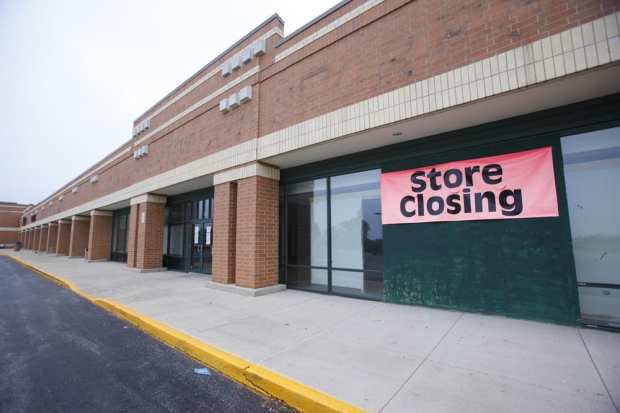Vacancy Rate At Shopping Centers Hit 10.2 Percent In First Quarter

The vacancy rate of community shopping centers in the U.S. reached 10.2 percent in the first quarter — up from a year earlier but unchanged from the fourth quarter of 2018.
Reuters, citing Reis, the real estate research firm, reported the vacancy rate in 28 of the 77 metro areas increased during the first three months of 2019. An increase in vacancy rates year over year is expected to continue. “As the retail sector continues to undergo restructuring, a number of retail real estate markets face more vacancies and falling rents. This pattern is expected to continue as more stores will close this year,” Reis said, according to Reuters. The asking rent and the effective rent, which excludes concessions by landlords, was up 0.4 percent in the first quarter compared to the fourth quarter. Reis found the average rent remained flat with the fourth quarter.
On the regional front, Reis said the vacancy rate at regional malls increased 0.3 percent to 9.3 percent and was driven by the closure of more than two dozen Sears stores. Sears, which started out in the 1880s as a mail-order catalog and then morphed into one of the nation’s biggest department store chains, has been felled by eCommerce and physical retailers. Sears had 68,000 workers and 687 locations at the time of its Chapter 11 bankruptcy filing in October.
For community shopping centers, the net absorption, which is the available space sold during the quarter, declined 7.4 percent to 949,000 square feet during the first quarter compared to the year-earlier first quarter. New construction plummeted 53.9 percent to 832,000 square feet during the first quarter, reported Reuters.
Physical retailers have been suffering from the rise of eCommerce and Amazon’s knack for entering markets, disrupting them and eventually emerging as a leader. With more consumers shopping online, stores have been shuttering their physical stores, leaving malls across the country vacant. To address the vacancies, some real estate companies have been repurposing the space to showcase direct-to-consumer internet brands.
